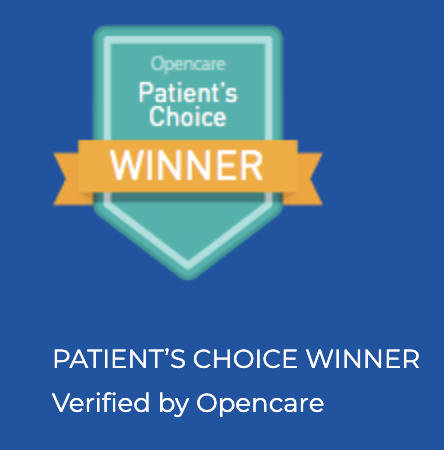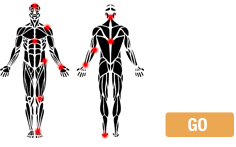You’ve more than likely heard of acupuncture, but you might not have a thorough understanding of just what it is. If you’re experiencing pain or discomfort, you might want to try professional medical acupuncture, but you’ll want to check with your medical doctor beforehand to see if they think it’s a good idea.
The Origins of Acupuncture
Acupuncture was first conceived in China and is roughly 3,000 years old. The system of medicine is rooted in principles of homeostasis and is a way to treat physical pain and its symptoms. Acupuncture is most often labeled as a complementary health approach, which means that it can be used in combination with other medicines and medical procedures.
The way acupuncture works is that specific acupuncture points are stimulated in order to bring balance to the body’s natural flow of energy through channels called meridians. So far, scientific investigation has yet to find physiological or histological similarities with acupuncture points, qi, meridians and other concepts found in traditional Chinese medicine. It’s not unusual for modern day practitioners of acupuncture to not follow the traditional Chinese methodology.
How Acupuncture Can Help You
During acupuncture, small needles are placed in your neck, back and arms. The goal is to help cure and prevent disorders and diseases. The contemporary Western approach has found that acupuncture needles can induce changes in the body’s biochemical structure and that they can actually release endorphins in your body that can help contribute to pain relief.
Acupuncture has been proven to help with:
- Pain treatment
- Vomiting
- Nausea
- Childbirth
- Fertility
Training and Safety Concerns
If you ever do decide to try acupuncture, make sure that it’s performed by someone who has received proper training. The therapist should have knowledge of neuro-physiology and anatomy. They should also have received their education from a nationally recognized and accredited institution.
Since acupuncture needles actually penetrate the skin, it’s considered to be an invasive procedure and isn’t without its risks. As long as you make sure that you’re treated by a trained and experienced practitioner, chances are slim that you’ll actually become injured. Acupuncture needles are required by law to be sterile, used only one time and disposed of after they’ve been used. In other parts of the world acupuncture needles can be reused as long as they’ve been re-sterilized. If the needle does happen to be contaminated, the risk of infection increases. Always look into the procedures and types of needles that will be used before your acupuncture treatment.
Try acupuncture treatment in Vaughan for yourself if you’re ever experiencing any pain or discomfort. It could be just the thing you need to get some much needed relief.


